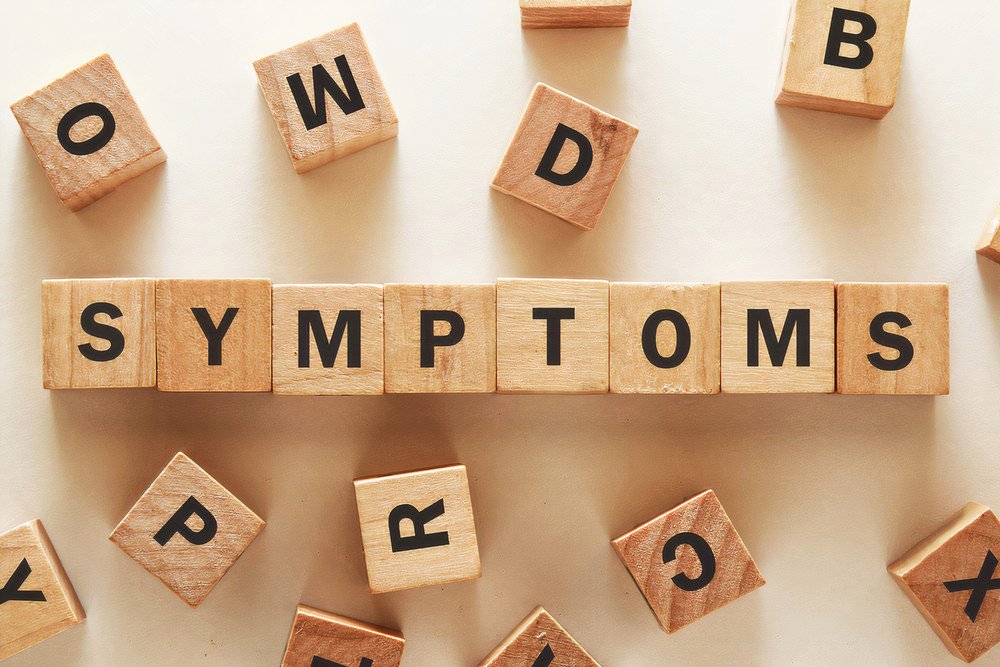Specific symptoms

The most common symptom of acquired hemophilia is ecchymosis, which means subcutaneous bleeding. Also, the blood may collect in the muscles forming am mass called a hematoma. Bleeding may occur from the gastrointestinal tract (melena), the genitourinary tract (hematuria), or retroperitoneal. Bleeding per nose (epistaxis) and bruises (all over the body) may occur.
Pain may occur in the arms and legs because the bleeding may compress the muscles, nerves, or blood vessels.
Patients may bleed during surgical operations or after minor trauma. Pregnant women may have genital bleeding, especially after delivery.
Intracranial hemorrhage rarely occurs, but it is fatal.
In contrast to congenital hemophilia A,
- Joint bleeding is infrequent.
- Bleeding occurs without cause (spontaneously).
- Bleeding episodes are severe and may become life-threatening.
- Bleeding into the soft tissues may progress rapidly, causing a compartmental syndrome.
- If left untreated, acquired hemophilia may be life-threatening.
› causes
1) Autoimmune
The immune system reacts to a foreign substance by producing specific proteins called antibodies. Antibodies act by crushing foreign substances directly or by coating them with a material that distinguishes them for crushing by white blood cells.
Autoantibodies are antibodies that target healthy tissues. In acquired hemophilia, these antibodies attack the clotting factor and inhibit it.
2) Idiopathic
No underlying disorder or triggering crisis can be recognized.
3) Pregnancy
Association with pregnancy is announced mostly in the Postpartum Period.
4) Coexisting disorder, such as lupus, rheumatoid arthritis, multiple sclerosis, inflammatory bowel disease, cancer, diabetes, or hepatitis
› Affected Populations
AH develops in
1) individuals with no history of bleeding disorder with approximately equal fractions of males and females affected.
2) Individuals of any age can be affected, although AH is infrequent in children.
3) The occurrence increases with age and affects old individuals (between 60-80 years of age).
4) A small increase in incidence occurs in pregnant between the ages of 20_40.
› Diagnosis
Patients present prolonged bleeding, or extensive bruising on the trunk, legs, and arms, that appear distinct from usual injury-related bruising.
We confirm the diagnosis by an abnormal coagulation test that shows an isolated prolongation of the activated partial thromboplastin time (aPTT).
A simple blood analysis can discover if there a lack of clotting factor VIII.
Immunosuppressive drugs and injections of clotting factors are excellent items for treatment.
› Treatment
Treatment will vary depending on the specific symptoms present. Therapeutic tactics depend on control bleeding (if present or significant), elimination of the inhibitor, and treatment of the related disease (if applicable).
› Control Bleeding Episodes
Doctors should start anti-hemorrhagic treatment in AH cases, irrespective of inhibitor level, and factor VIII activity.
- use of bypassing agents (bolus of factors that restore the acquired deficiency)
- Bypassing agents are the favored first-line treatment due to their fast response and high level of effectiveness.
- increase FVIII levels.
- Fibrin glue or antifibrinolytic agents may control local bleeding efficiently.
